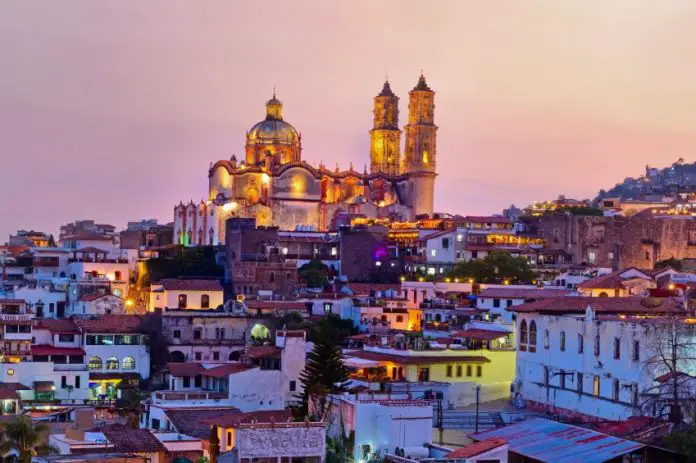South of Mexico City, deep in the mountains of the state of Guerrero, sits a town that was once one of the largest suppliers of silver in the Spanish Empire. Though it produces less silver now than in years past, Taxco is still world-renowned for its intricate silver jewelry creations and family-run workshops that attract thousands of visitors every year.
But beyond silver shopping, the town offers a wide variety of cultural attractions that exist thanks to mining. From one of Mexico’s most famous churches — built with silver money — to a hidden pre-Columbian silver mine and a City of Light award, here are 5 surprising things you didn’t know about Mexico’s most famous silver town.
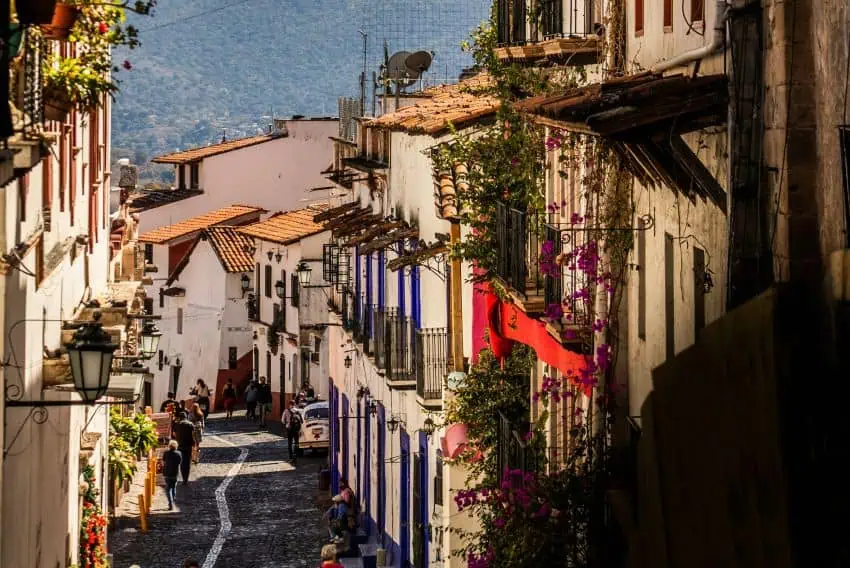
Taxco was one of the 18th century’s biggest silver producers
Sitting atop steep hills and surrounded by dramatic cliffs, Taxco — whose official name is Taxco de Alarcón — was founded in 1529. But it wasn’t the first Taxco: the Indigenous town of that name, now called Taxco el Viejo, lies south of the city we know today. In 1521, Hernán Cortés sent an expedition to find tin ore. Due to the geology of the region, deposits of silver abounded in the area, and a few years later the Spanish set up the mining camp that would soon become the city of Taxco.
Under the Spanish, mining in Taxco began around 1524, making it one of the oldest European mining centers in the Americas. However, its true mining heyday happened in the 18th century, after Spanish businessman José de la Borda inherited a mine from his brother Francisco and found the San Ignacio vein.
De la Borda, who would be described by Spanish King Carlos III as “the most intelligent person known in this Kingdom in mines and in the machinery for their excavation,” made one of the largest fortunes in New Spain with silver mining.
With his wealth, he built a paved road across the mountains to Mexico City, gave money to the Catholic church and built several buildings for the local community, including the town’s icon: the Parish of Santa Prisca — which leads us to our next interesting fact.
The Church of Santa Prisca was funded entirely by a silver miner
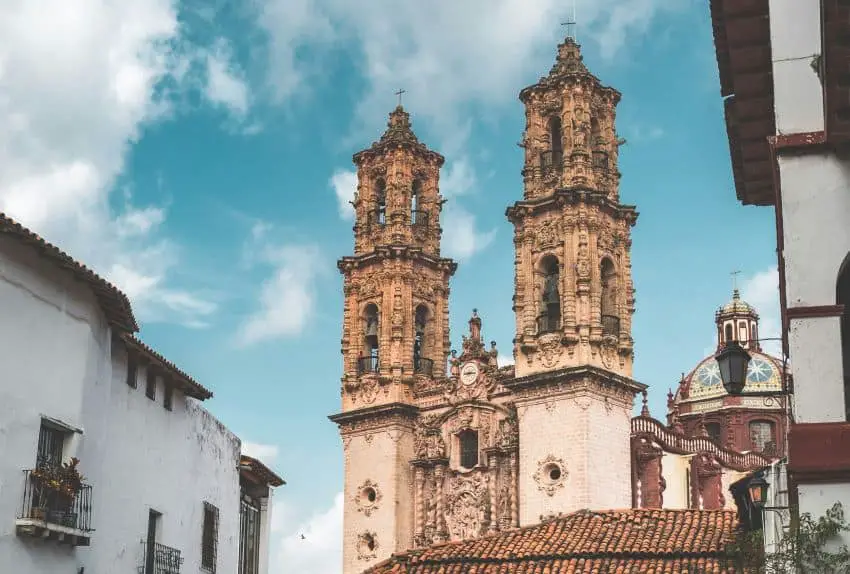
The church of Santa Prisca was built by de la Borda as a way of thanking God for his mining fortune. With its two pink stone towers, wide dome and intricate finishes, Santa Prisca — named after the town’s patron saint — is one of Mexico’s most beautiful churches and an exquisite example of the Mexican baroque style.
Standing 94.5 meters in height, it was actually Mexico’s tallest building until 1808.
In addition to its magnificent interior and stunning light-pink façade, the church is noteworthy for having been built in just seven years, between 1751 and 1758 — a record speed for the time.
Funded entirely by de la Borda, several well-known Mexican artists of the 18th century contributed to the church’s interior decoration, including Cayetano de Sigüenza, Isidoro Vicente de Balbás, José de Alba and Miguel Cabrera. Due to its “great artistic value,” UNESCO included Santa Prisca on Mexico’s tentative list for World Heritage inscription in 2001.
Taxco’s silver heyday was revived by a U.S. designer
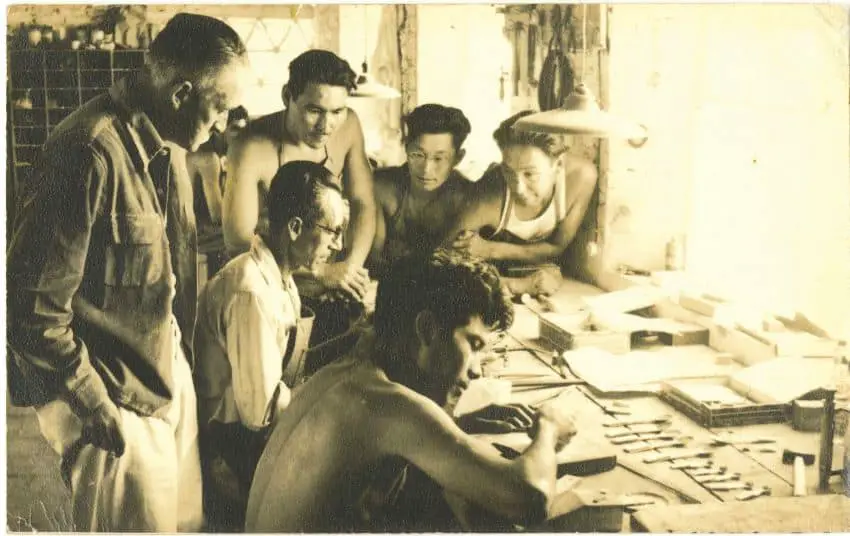
After Borda’s bonanza times, Taxco remained relatively unknown to the world until artist William Spratling revived the town’s old silver glory.
An assistant professor of architecture at Tulane University, Spratling spent his summers lecturing on colonial architecture in Mexico City and touring the country in his free time. In 1925, he decided to settle down in Taxco to work on his novel, “Little Mexico.”
Intrigued by the silver trinkets and stones that Taxco locals sold, Spratling began designing his own jewelry inspired by Aztec motifs and Mexican designs. In 1931, he hired local silversmiths and founded his workshop. In no time, his works gained international recognition and many Hollywood celebrities of the time wore his designs.
To inspire local artists, Spratling began an apprentice program. Notable students who founded their own shops included Antonio Pineda, Margot de Taxco and Hector Aguilar.
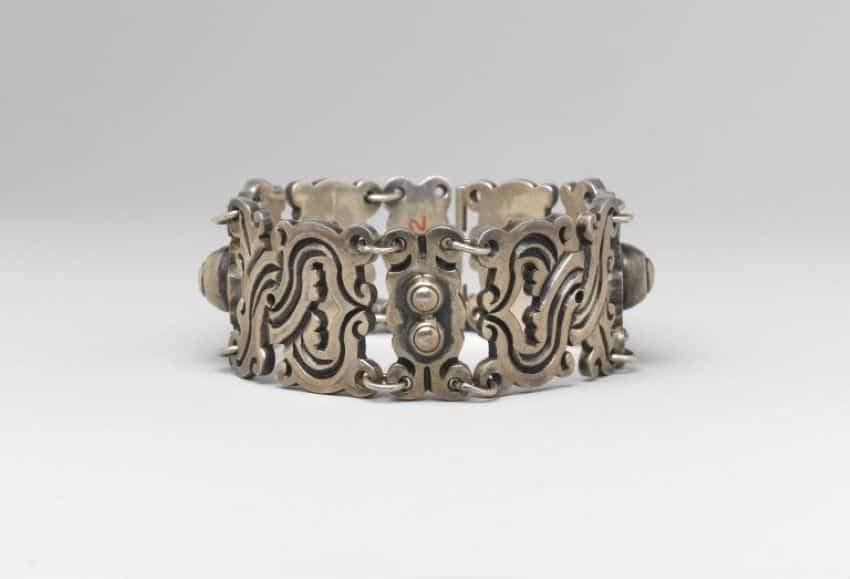
Dubbed “the Father of Modern Mexican Jewelry,” Spratling turned the world’s attention to Taxco and its silversmiths, who to this day have remained relevant and recognized worldwide.
In 2015, archeologists found a hidden pre-Hispanic mine
If you thought finding hidden treasure underground only happens in fairy tales, think again.
In 2013, during renovation work at Taxco’s Posada de la Misión hotel, construction workers lowering a floor discovered an underground pit that, after further excavation, led them to the entrance of a mine with deposits of silver, gold and quartz.
Upon exploration, National Institute of Anthropology and History (INAH) archeologists found that the work that had been done in the mine was superficial and rudimentary, using tools that predated the colonial era. Among these instruments were deer horns, stones and baskets to collect the minerals.
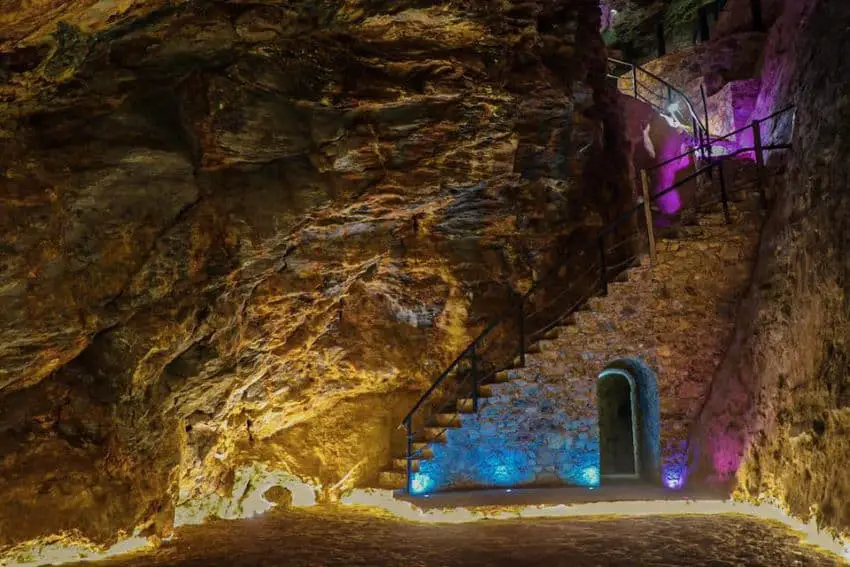
Based on this evidence, historians have suggested that the mine was pre-Columbian, exploited by the Indigenous Chontal of Guerrero — not to be confused with the Chontal Maya — in the 1400s. When the Spanish arrived, the Chontal closed it and kept it hidden. According to experts, they only exploited 2% of the mine. But since it is now below a hotel, the mine is safe from further exploitation.
The mine opened to visitors in 2015. Entrance costs 180 pesos per person and includes a walking tour inside the mine, a pre-Hispanic cultural show, parking and a drink in the Posada de la Misión hotel.
Taxco holds the title of City of Light
Due to the number of international tourists that travel to Taxco for silver shopping, the town decided to elevate its already charming cobbled streets, red tile roofs and colonial buildings with architectural light.
In 2019, Taxco gained international recognition as a City of Light, thanks to the town’s light plan. The accolade is granted by the Lighting Urban Community International (LUCI) association, which brings together cities across the world, committed to using light as a tool for sustainable development.
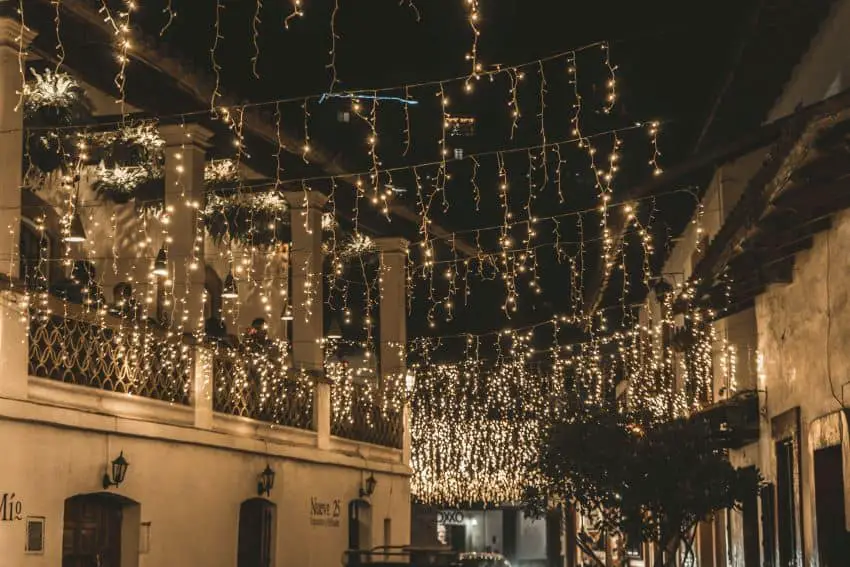
Taxco’s Lighting Master Plan, completed in 2012, uses light as a common thread to seamlessly integrate streets and alleys with churches, architectural features and public spaces. It has encouraged more social gatherings and recreational activities and has helped extend the use of city space at night.
This title is shared with other cities like Geneva, Bruges, Turin and Toulouse, among hundreds of others worldwide. Taxco and Medellín, Colombia are the only cities in the Americas to have received the honor.
Gabriela Solis is a Mexican lawyer turned full-time writer. She was born and raised in Guadalajara and covers business, culture, lifestyle and travel for Mexico News Daily. You can follow her lifestyle blog Dunas y Palmeras.
